‘The Caves of Androzani’ is a gritty and explosive adventure from the mid 80s, delivered by one of Doctor Who‘s most accomplished writers. But what is it about this story that makes it so popular?
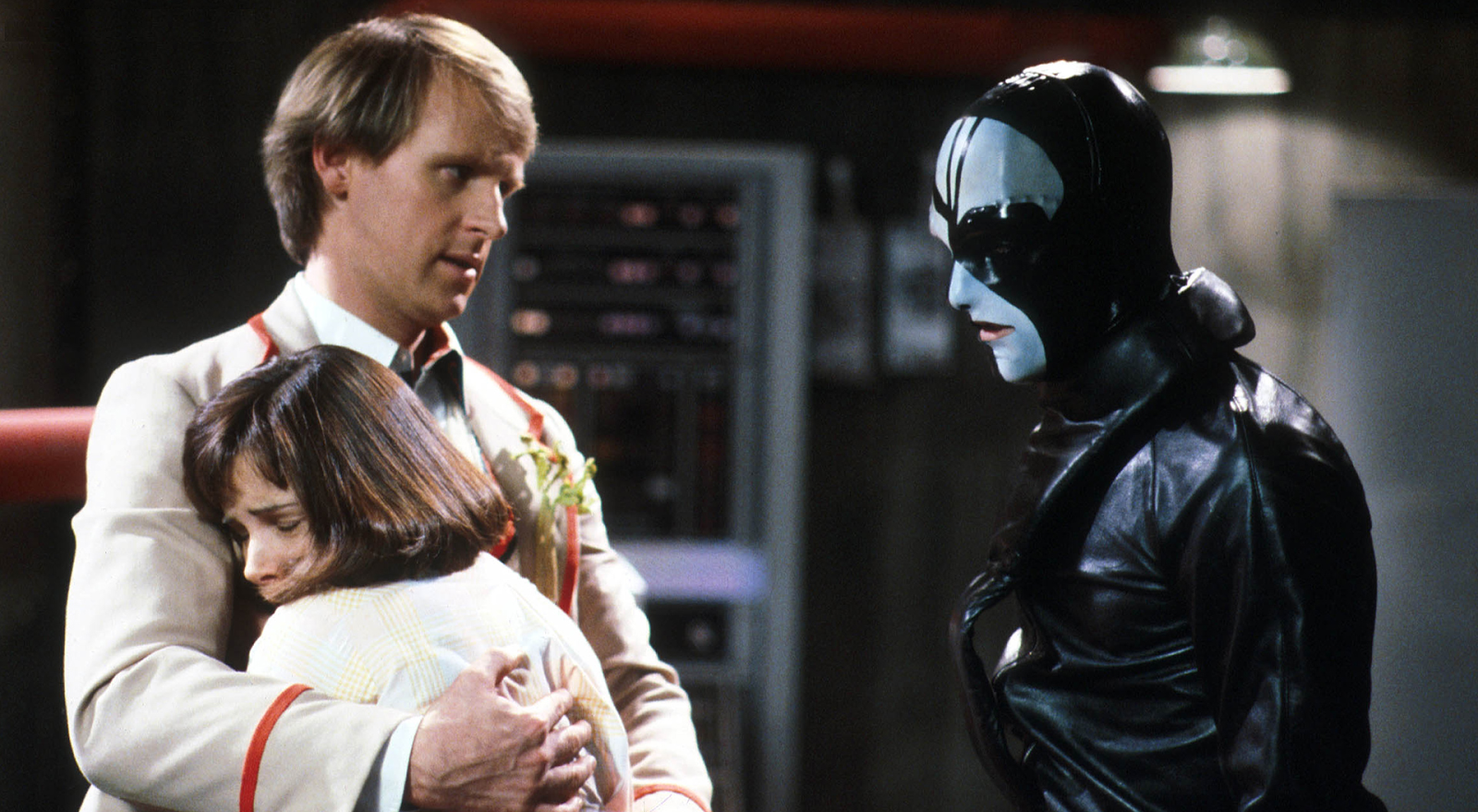
In 1984, Peter Davison was about to hang up his keys as the Doctor. John Nathan-Turner was into his fourth year as producer. Eric Saward was into his third season as script editor, having successfully revamped the series for a more adult audience, “releasing the handbrake on violence,” as he put it, and taking Doctor Who to a darker, more action-packed place.
In many ways, ‘The Caves of Androzani’ was a culmination of everything Eric Saward wanted for the show, particularly as the script came from his friend Robert Holmes, who hadn’t written for the series since the late 70s.
But, believe it or not, ‘The Caves of Androzani‘ was a story that very nearly didn’t happen. John Nathan-Turner was averse to using writers from the series’ past, no matter how successful they’d been, and he took a great deal of persuading by Saward. In short, ‘The Caves of Androzani’ was lucky to go into production, particularly as it was such a bleak, atypical Doctor Who story, set against the backdrop of a bloody war.
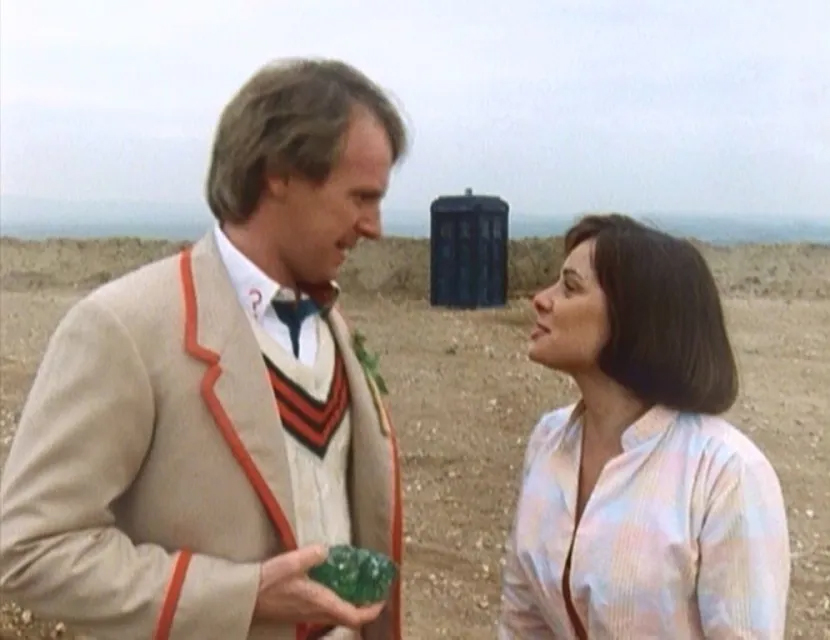
But the fact that this was such a ‘different’ Doctor Who story may be why it resonated so much with fans. There are no heavy science fiction elements in ‘The Caves of Androzani’ – at least, not in the way you might expect. There are no alien invasions or crazy plans for world domination; there aren’t (really) any aliens at all in ‘The Caves of Androzani.’ There are no time travel elements. This is a story about the grim realities of war.
In this respect, there are parallels with another popular Doctor Who story ‘Genesis of the Daleks‘ which is very similar in tone, and in fact both adventures deal with mad scientists who are hell-bent on getting the upper hand in a conflict through some twisted invention. In ‘Genesis,’ of course, it is the scientist Davros and his invention the Daleks, but in ‘The Caves of Androzani’ it is the masked villain Sharaz Jek and his army of android clones, so creepily portrayed by the actor Christopher Gable.
In fact, it’s this invention which provides one of Doctor Who‘s greatest ever cliffhangers. At the end of ‘The Caves of Androzani’ part one, the Doctor and his companion Peri have been captured by soldiers and lined up before a firing squad, ready for execution. The command is given, and the soldiers fire. Bullets tear through the Doctor and Peri. How have they survived?
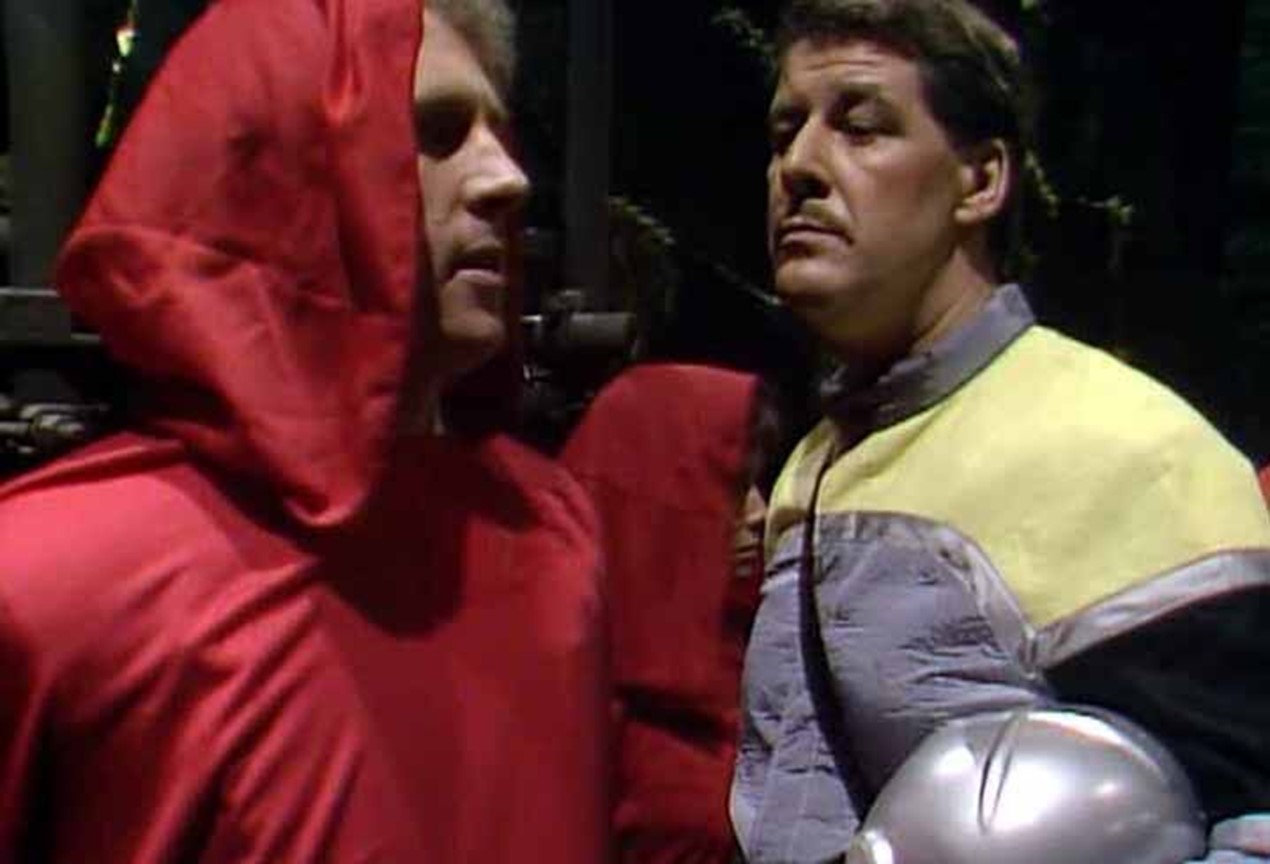
The answer, naturally, is that the pair have been secretly replaced by Sharaz Jek’s robots, while the real Doctor and Peri have been whisked away to his lair.
And this isn’t the only great cliffhanger in ‘The Caves of Androzani.’ The ending of part three is also memorable, as the Doctor has just seized control of the spaceship on which he was a prisoner. He’s attempting to crash-land on Androzani Minor, but at the last minute the soldiers catch him and threaten to shoot if he doesn’t relinquish control. “I owe it to my young friend to try, because I got her into this!” the Doctor yells. “So you see, I’m not going to let you stop me now!” The ship plunges into the planet, and there’s a huge close-up on the Doctor as he shuts his eyes and braces himself.
This is a wonderfully-written moment, brilliantly performed by Peter Davison. But it’s made more powerful by the punchy direction of Graeme Harper, who makes so many unusual choices throughout the story. ‘The Caves of Androzani’ is shot more like a movie than a studio-bound TV adventure, with hand-held shots and an unprecedented number of close-ups.
In fact, Graeme Harper’s work on ‘The Caves of Androzani’ became legendary, and he went on to direct another popular story ‘Revelation of the Daleks‘ the following year. He was so successful that, when the series returned in 2005, he was quickly called upon by the new production team, and directed the two-part story which re-introduced the Cybermen to a modern audience. He also went on to direct the explosive Series Four finale ‘The Stolen Earth’ as well as one of the Tenth Doctor’s final adventures ‘The Waters of Mars.’
Harper also showed great sensitivity in the presentation of one of ‘The Caves of Androzani’s less successful elements, the magma creature. This is the story’s only monster, and appears fleetingly. Alas, it’s not the most convincing costume in Doctor Who history, but Harper is careful with how he shoots it, confining the monster to the shadows and cloaking it in copious amounts of smoke.
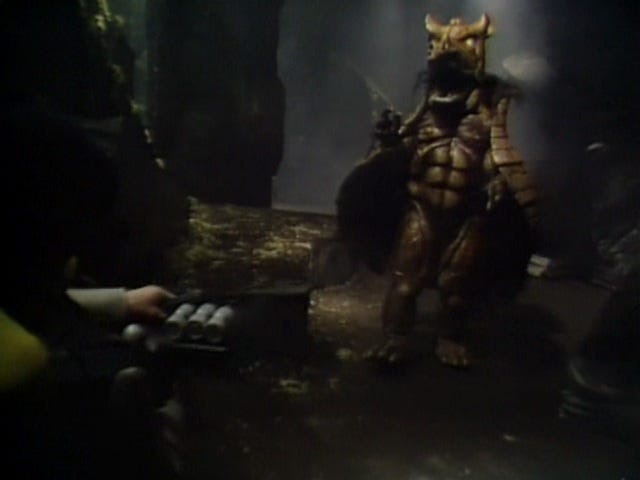
And as you probably know, ‘The Caves of Androzani’ also marked the end of the Fifth Doctor’s era, with the Time Lord regenerating in the final scene. For this moment, Harper took inspiration from an unexpected source, namely The Beatles’ Sergeant Pepper album and the song ‘A Day in the Life’ which ends with a bombastic crescendo. (This may not strictly be the right musical term; the main thing to note is that it’s loud!)
And this is how the Fifth Doctor regenerates. He slumps into a coma, and sees a swirling cloud of visions of his former companions, and his old enemy the Master. These fade away as the Doctor travels down something of a tunnel, with the noises growing louder and louder until, with a crash, he sits bolt upright, with a new face. It’s possibly one of the most iconic and powerful regenerations of all time.
That being said, it’s hard to pin the success of ‘The Caves of Androzani’ on any one particular element. It’s one of those rare moments in Doctor Who where everything comes together to create something wonderful: the writing, the direction, the acting, the production design… It’s bleak, heart-stopping, dramatic and everything you’d expect from a Doctor Who adventure – and completely different from anything that came before.
What do you love most about ‘The Caves of Androzani’? And why do you think it has proven so popular with Doctor Who fans? Let us know in the comments below.








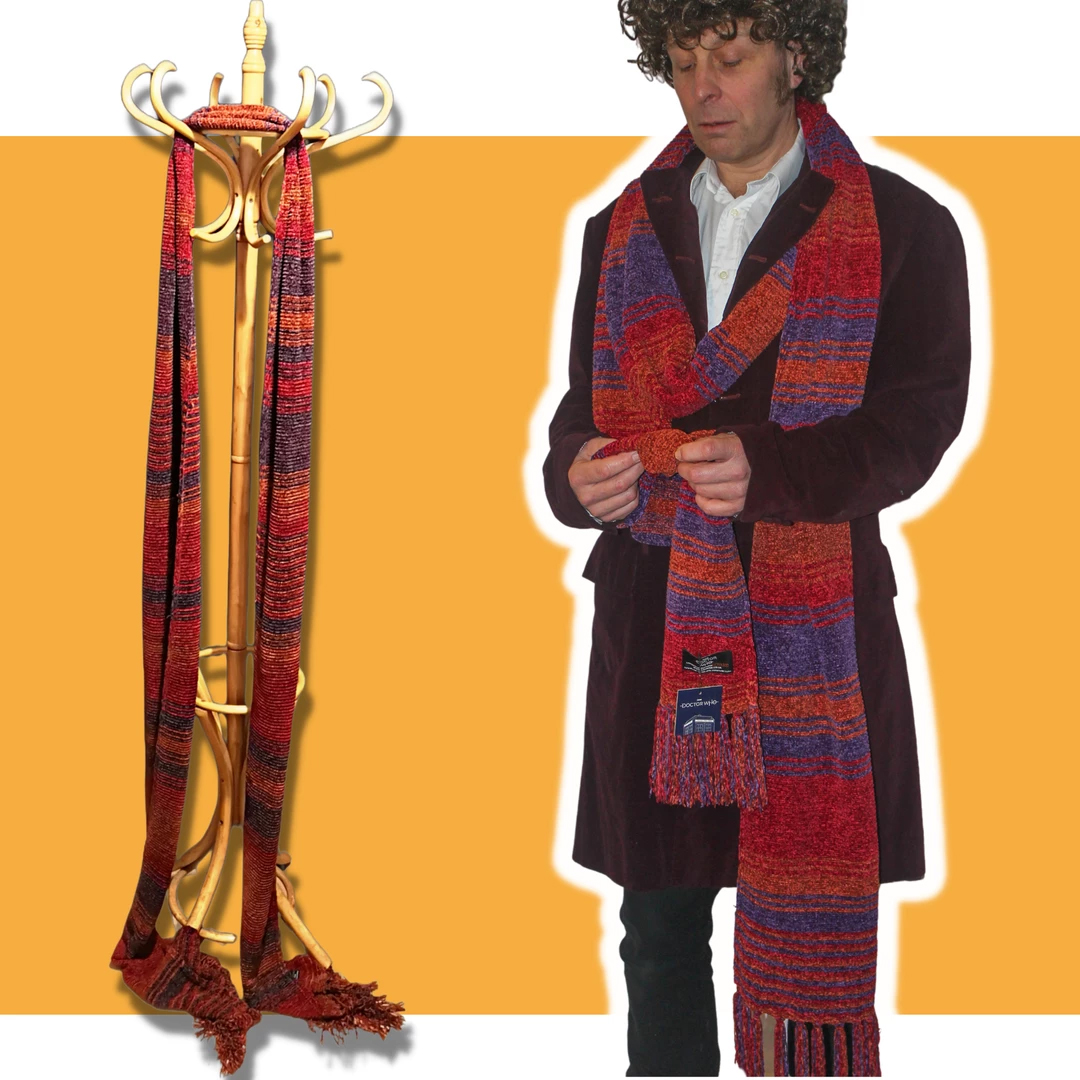
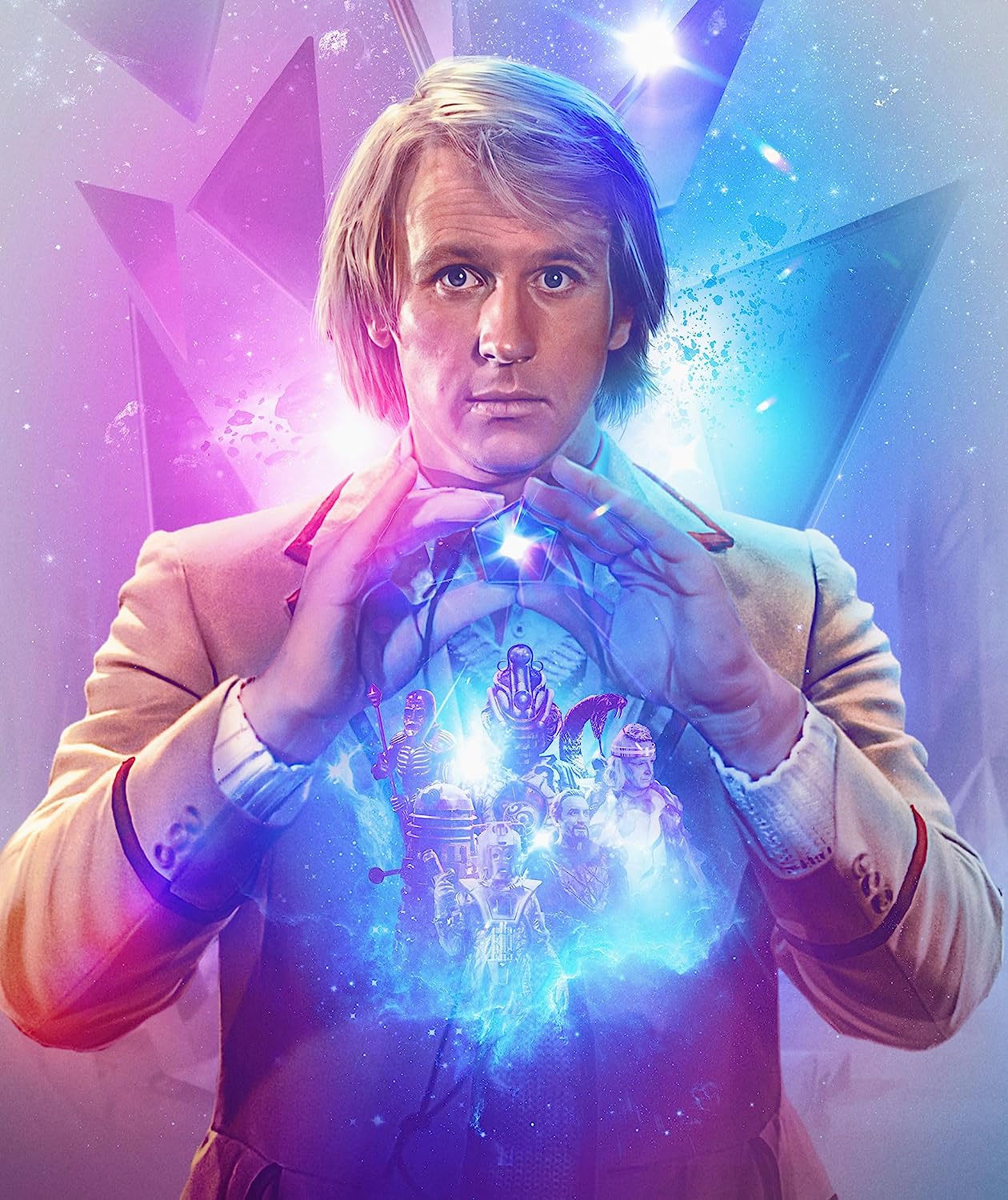
Leave a Reply